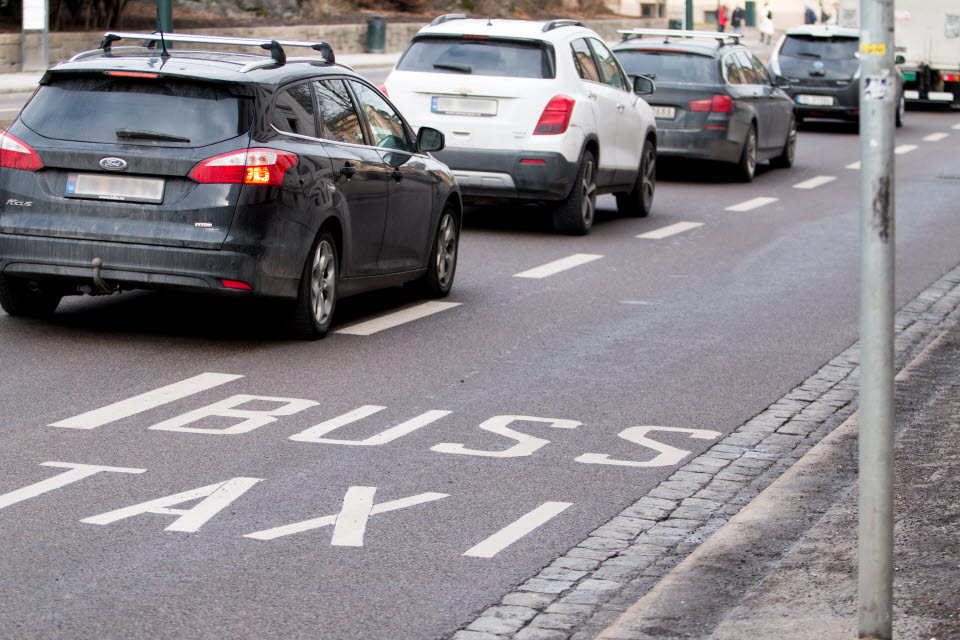Transport service counteracts transport poverty

Inadequate public transport can lead to serious consequences for wellbeing among groups with fixed working hours, often working in the care sector, and that lack a car or driver's license. One way to counteract this transport poverty is The SAMSAS-ride (SAMSAS-skjutsen) – a form of enhanced public transport that VTI and KTH researchers has tested at a nursing home where the staff experience difficulties with their commuter travel.
“Discussions about vulnerable groups in future public transport are mainly focused on the elderly, people with physical disabilities and those living in rural areas and have not included low-income groups with poor access to public transport. Awareness about this group’s travel situation needs to be lifted so that it reaches the research community and civil stakeholders”, says Malin Henriksson, senior researcher at VTI.
Research efforts have taken place within an interdisciplinary research programme examining how mobility and accessibility services can contribute to sustainable future transport solutions: Mistra SAMS, where Mistra is a Swedish research foundation and SAMS stands for Sustainable Accessibility and Mobility Services. The programme enables projects that develop different future prototypes.
“An important point is that current transport planning is often based on the norm ‘middle-class employees with flexible working hours and employers who work actively to retain them’. People in low-income professions are often overlooked, both by their employers and the regular public transport system”.
The nursing home is located in a municipality south of Stockholm, about 3km from the closest train station. It has been difficult for the staff to get to and from work, due to both poor timing between the bus and the commuter train and also because of few services on the weekends. The inadequate public transport results in staff being late to work, makes recruiting suitable personnel difficult, and is the reason that many choose to leave their job.
Fifteen of the staff, mostly consisting of women, opted to be a part of the Mistra SAMS project. They were given the possibility of transport between work and the train station in the form of a taxi-on-demand, a need-based service. The project ran between March and June this year.
“Our demand-responsive transport service solved the problem. The staff got to work on time and also felt safer. This second benefit was something that we hadn’t considered, that the service could also have a big impact on their personal safety. The SAMSAS-skjutsen thereby fulfils the transport policy goal of good accessibility. The next step will be to describe in detail what such a transport service can entail, as well as who can and should finance it. In the autumn we would like to continue working with this, together with employers, municipalities, public transport authorities, and government agencies.”
The demand-responsive transport service with a taxi that VTI and KTH has developed within the project can, when the time is right, very well be provided by self-driving cars. Albin Reinhardt has taken up the study in his Master’s thesis within Strategic Urban and Regional Planning, a Master’s programme at Linköping University.
Text: Gunilla Rech
Translation: CBG
Don´t miss out on our news – subscribe now!
Stay informed with the latest research and news from VTI. Sign up for newsletters, sent by e-mail four times a year.

